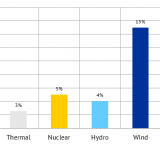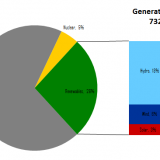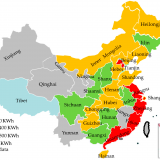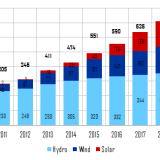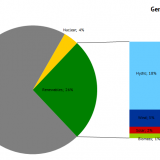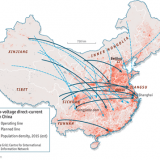Although the economy suffered a slump in the first few months of last year, electricity consumption rose by almost 300 TWh over the year 2020 as a whole. The shares of renewable energies in electricity generation increased. Especially in the last quarter of 2020, more PV and wind capacity was added than is installed in Germany up to now.
Continue reading


